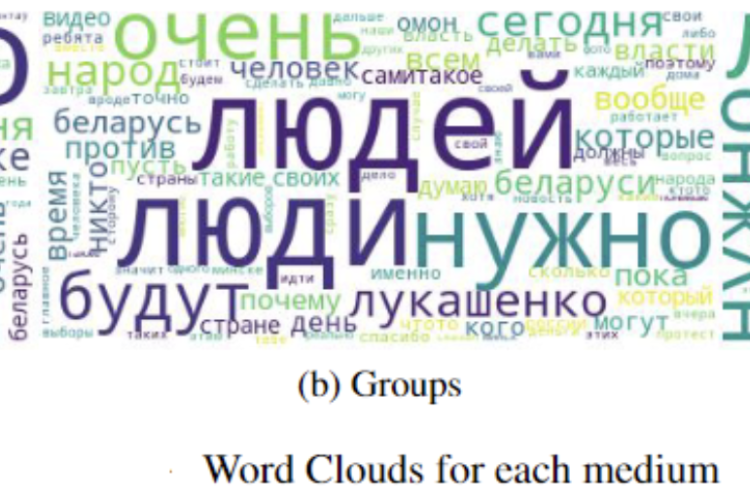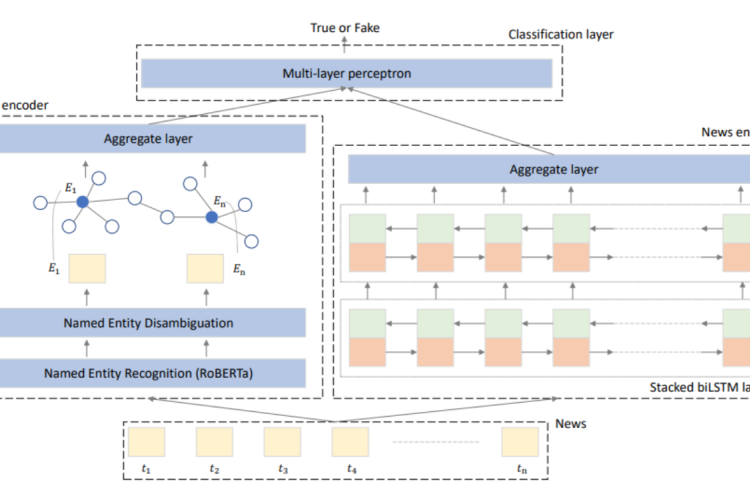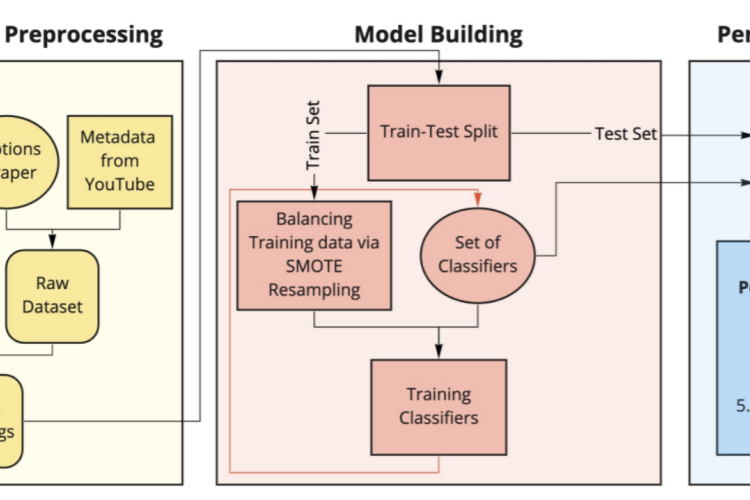Author: Michele Gentili.
Chronic obstructive pulmonary disease (COPD) is a complex disease influenced by environmental exposures (most notably, cigarette smoking) and genetic factors. Genome-wide association studies have identified thousands of genomic regions associated with complex diseases. The chromosome 4q region harbors multiple genetic risk loci for chronic obstructive pulmonary disease (COPD). To determine whether genes in this region are part of a gene expression network, we studied lung tissue RNA-Seq from COPD cases and controls.



